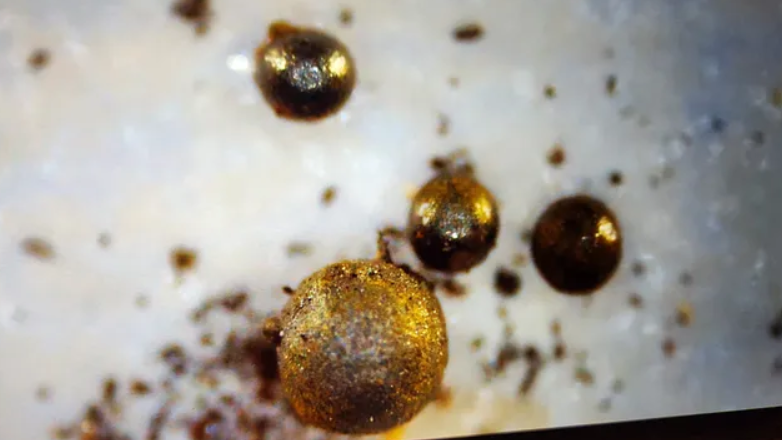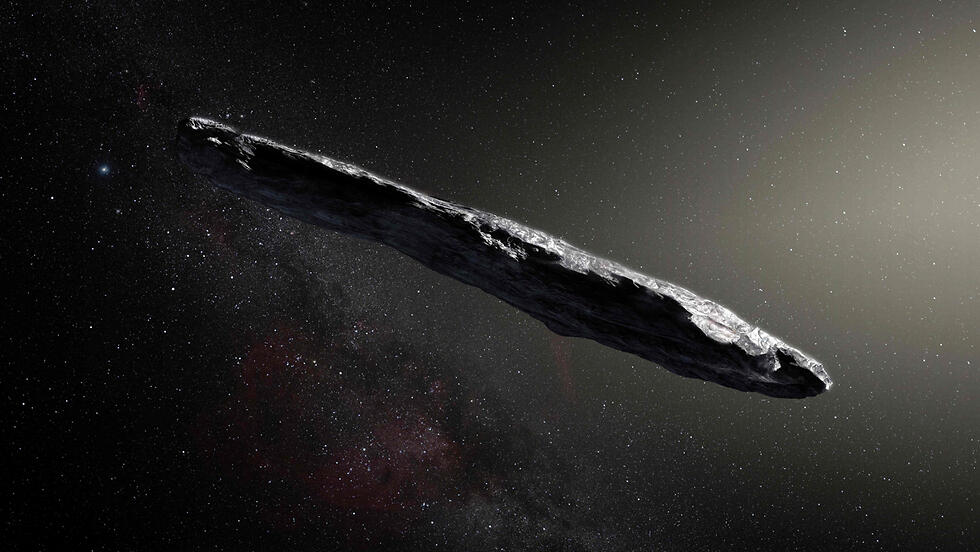Upon receiving a budget of $100 million to search for extraterrestrial life, the Israeli-American astrophysicist Avi Loeb from Harvard University said his team uncovered remnants of intergalactic material at the bottom of the Pacific Ocean off the coast of Papua. The so-called "alien hunter of Harvard" reported his findings on an online blog.
Loeb said the expedition found signs of a mysterious meteor dubbed IM1 that crashed off the coast of Papua New Guinea in 2014 and is believed to have come from interstellar space. By their final day at sea, they collected 50 spherules from the first recognized interstellar meteor.
The tiny objects collected from the ocean floor, about half a millimeter in size, are so small that they can only be seen through a microscope, Loeb explained. “My daughter asked if she can have one for a necklace. And I said that they were too small to thread through,” he said describing the spheres as beautiful. “One of them looked like Earth, many of them look like gold,” he said.
He believes that these findings can be traced back to the place from which the extraterrestrial matter originated, as the droplets were discharged from it in a characteristic manner for meteorites that enter and burn in Earth's atmosphere. However, unlike regular meteorites, Loeb estimates that the spheres are likely made of a steel-titanium alloy, which is much stronger than the iron found in regular meteors.
Further tests are now required, but Prof. Loeb believes they have interstellar origins or were created by an advanced extraterrestrial civilization. The spheres were collected using a magnetic sled that was dropped from the expedition vessel Silver Star 2km underneath the surface of the ocean.
Loeb claimed that the objects appeared along the path of "Oumuamua" - an interstellar object shaped like a cigar measuring 100 meters long, which arrived from outside the solar system and was detected in 2017. Many researchers estimate that Oumuamua is a standard asteroid, but astrophysicists believe that it is actually a spacecraft sent by an extraterrestrial civilization.
Loeb's unconventional ideas put him at odds with a large part of the scientific community, many of which he calls "arrogant" for dismissing his ideas. The most recent “miracle” discovery, according to him, is further vindication that his unorthodox methods are bearing fruit.
The expedition is now making its way back to civilization, and the team at Harvard University will analyze the composition of the collected materials. They will then report the data in a peer-reviewed article to be submitted to a scientific journal.





